Technical Manual and Dictionary of Classical Ballet
£5.70
From adagio to voyage, over 800 steps, movements, poses, and concepts are fully defined. A pronunciation guide and cross-references to alternate names for similar steps and positions that vary from the Russian to the French or Italian schools are also invaluable aids.
Read more
Additional information
| Publisher | BN Publishing, Illustrated edition (5 Jan. 2009) |
|---|---|
| Language | English |
| Paperback | 156 pages |
| ISBN-10 | 1607960311 |
| ISBN-13 | 978-1607960317 |
| Dimensions | 15.24 x 0.91 x 22.86 cm |

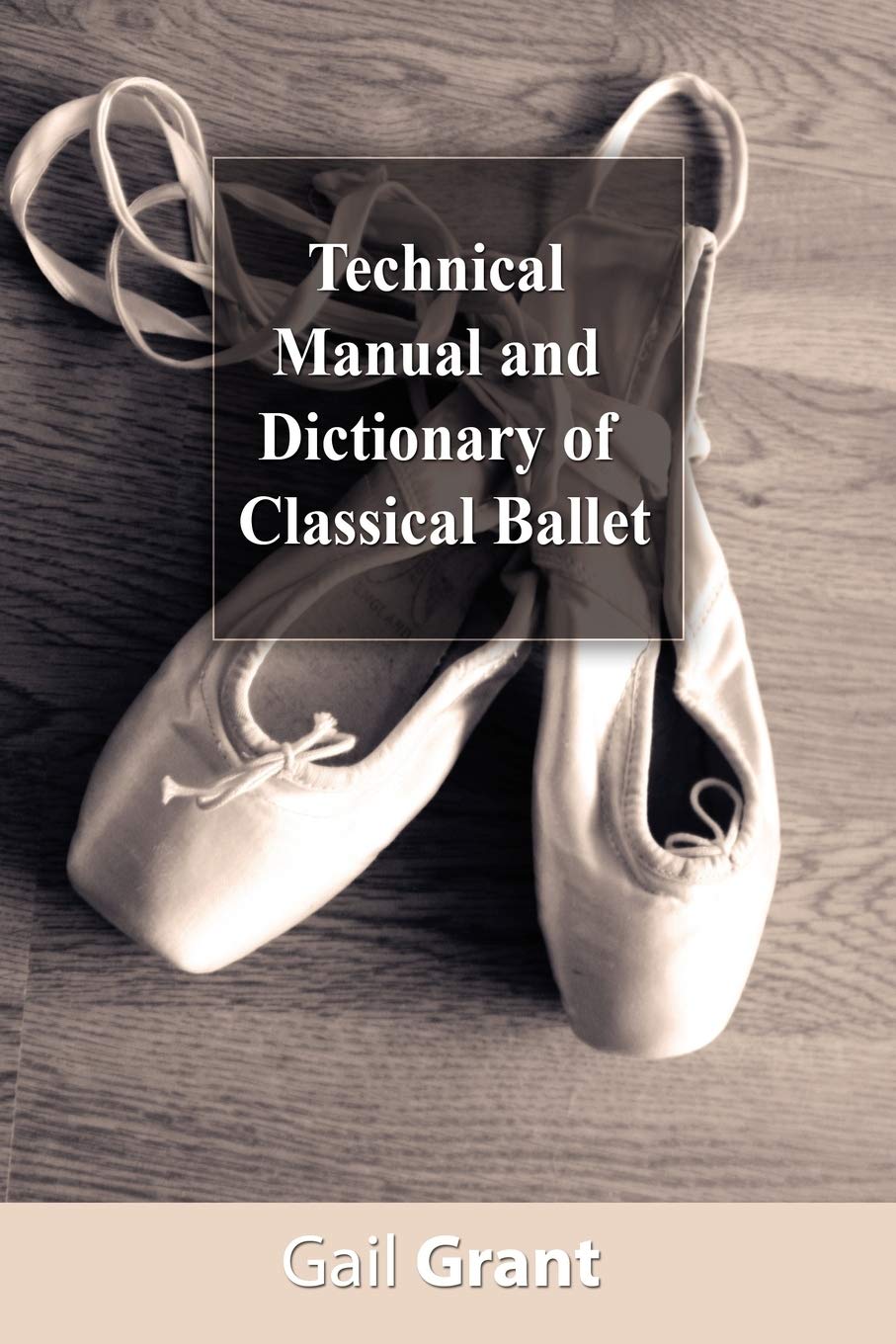


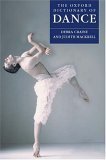
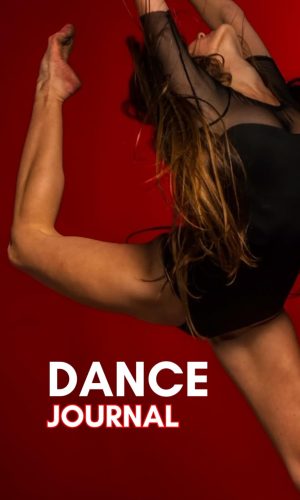
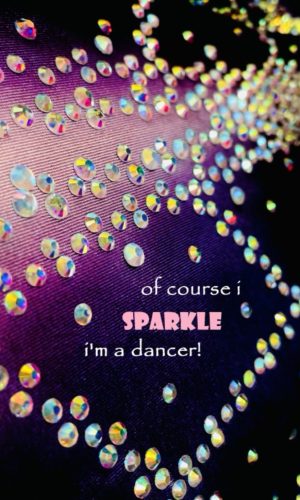


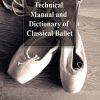
by Amazon Customer
It’s really easy to understand even the most complicated of steps and terms with this little gem! I bought it on a recommendation from my teacher for doing my teaching certificate in classical ballet and have no regrets!
For every entry it has the term (in French) followed by how to pronounce it phonetically. It then has a translation and detailed explanation on how to execute the exercise. Its compact size makes it easy to have it on hand for every class and I literally cannot recommend it enough!
by Nina
Clear and concise description of ballet terms that a novice such as I am can understand albeit with a bit of fluttering backwards and forwards between pages. What fantastic people dancers are! The book served to show what a difficult art ballet is and how only the best can succeed at the top. And it helps with the French language! I enjoyed flipping through it and appreciating much more the deceptively graceful movements. The illustrations at the end were handy for the uninitiated- don’t try them at home without handy medical advice, though!
by Phoebe Dunster
I bought this book to help one of my friends in my ballet class, as they needed a glossary of terms. However, I found it really useful and interesting and would recommend this to any level of dancer. I gave it four stars as diagrams might be useful too.
by KingLeo
Lots in it but maybe more suited to an older child. My granddaughter is nine but she did say she loves rading through books so maybe of more use to her as she gets a little older
by Voyageair
Bought for my daughter as a reference for her ballet classes. She finds it helpful to remember all the ballet terms. The pictures are helpful too.
by Rikke Lomundal
I started ballet two weeks ago and this book helped me so much. I spent the summer reading and studying it and it really payd off. I used a marker and marked words as i learned what they ment. I deffinetly recomend this for people who start ballet at i high level and don’t want to be clueless when you come to class. Some of the words were a little hard to understand but i just searched it up on YouTube and it all made sense. This is a lifesaver
by IJ
The title sums it up. This is a reference book with all the ballet terms explained and how they are pronounced. At the rear are line drawings show the basic positions.
by W. Swales
If one watches an opera that is sung in a tongue that one does not comprehend, then one misses out big time on what is being sung and why – but the moment one hears the opera sung in one’s ‘mother tongue’, the language brings comprehension to the plot, story, sub-texts, and so forth – which brings CLARITY, MEANING, and DEPTH. Try comprehending Wagner’s Parsifal if the opera is sung in German and you do not understand German.
Aside from what you are about to read, where would you find out that Parsifal is blinded by religion and has a conflict between Mother Nature and Father Church? How would you discover that wishes and prayers are one and the same thing – and that neither serves any purpose; or that homeopathy and faith-healing are about as much use as a chocolate teapot – and those that participate in such ridiculous practices are deluded? How could you ascertain and then question why it is necessary for one lot of ‘believers’ to take arms and set upon others whose ‘beliefs’ are different to that specific herd – and thus draw deep insight and meaning from Wagner’s masterwork and come away with a strengthened or changed point of view into such things? In short – you cannot if you cannot comprehend the libretto.
In ballet we have exactly the same issues – all of the ballet terms are in French – but it is further exacerbated by the fact that each of the three principal ballet schools (Italian; French; and Russian) have a different expression for the same thing – which creates incomprehensible FOG – the more there is – the less you see.
If, like me, you attend the fabulous Cinema Live events (visit cinemalive.com for details) to watch world-class performances by the very best companies in the world, delivering stunning opera and ballet LIVE by satellite link from their famous locations to cinemas all over the world – all for the price of a cinema ticket – then one requires a dictionary of terms and one also needs to SEE the movements both explained and performed so that one can grasp what is going on.
Although not illustrated (more on fixing that foupah in a mo), what the author of this publication has done is list each ballet term in chronological order then provide the phonetics to facilitate pronouncing each ballet term with reasonable annunciation. The author then attempts to give each term it’s meaning – I say ‘attempts’ to provide a meaning for each term, because what she actually does is deliver a meaning that is often meaningless and full of POMP and FOG. For example the term ‘petit jete’ is described thus: ‘The supporting foot springs from the floor and the landing is made en fondu with the other leg sur le cou-de-pied. Petit jete is done dessus, desous, en avant, en arrriere, and en tournant.’
Now whilst I cannot speak for you dear reader – for me this is utter gobbledegook and I am no further forward in my comprehension of what the term actually MEANS. Petit jete means ‘little leap’ – why was this not stated?
That said, the dictionary does have some fascinating facts embodied in the ‘meanings’ (not). For example if one looks up ‘Italian School’, rather than being informed that this is a classical school of dancing noted for performing very intricate steps, we are treated to a discourse about Carlo Blasis and the seminal books he published. Now whilst this might be of interest, it does not describe the term ‘Italian School’.
If you wish to remove the fog, throw away the pomposity, and truly comprehend what each term actually means then my recommendation is to purchase a copy of the fully illustrated dictionary ‘A dictionary of Ballet Terms’ by Leo Kersley and Janet Sinclair, augmented with the DVD ‘The video dictionary of classical ballet’.
Using beautiful illustrations, THIS dictionary strips away the fog by describing the meaning of each term in English – together with the ALTERNATE term that is used by the other classical schools (e.g. jete = sissone = leap high into the air and then land on one foot).
By taking this THESAURUS approach, the dictionary goes much deeper than simply translating words from French to English – it facilitates students of (say) the Russian school to comprehend a term used by the French or Italian school – and in so doing, ALL schools can understand each other’s canon and see the similarities and the subtle differences in, for example, finger placement (page 70).
Using the DVD to augment your comprehension, the producers of the DVD have completely removed the fog by demonstrating each ballet term and so you SEE each movement beautifully performed in real time, then repeated in slow-motion as the narrator describes the terms used by each of the three classical schools as the movement unfolds.
In my opinion, armed with the DVD and ‘A dictionary of Ballet Terms’ by Leo Kersley and Janet Sinclair, you cannot get any better!
Now go out and purchase the DVD of Carlos Acosta’s version of ‘Don Quixote’ performed by The Royal Ballet and transmitted live to cinemas all around the world in October 2013. Acosta’s sublime choreography transcends every version that went before it (yes even Nureyev’s amazing version) – with REAL Flamenco guitarists on the stage in Act 2.
At last the choreography FINALLY matches the passionate music and the dancers are on FIRE! The ballet-blanc sequence when Don Quixote has his ‘out of body’ experience, and the spirits of all of the women that Don Quixote has helped in the past return to thank him, will make you cry.
Just remember – dancing is a natural thing that is forbidden in churches!